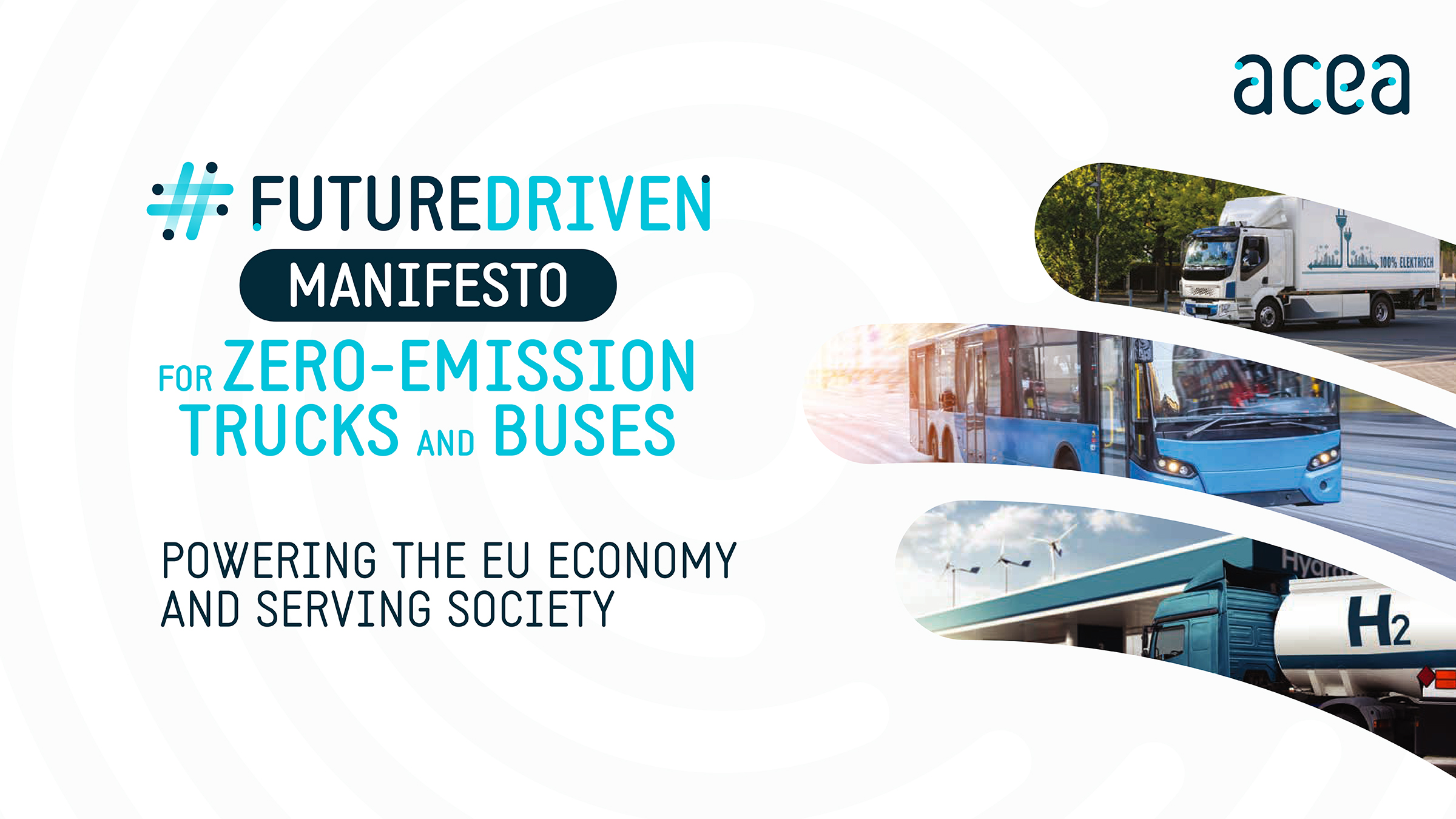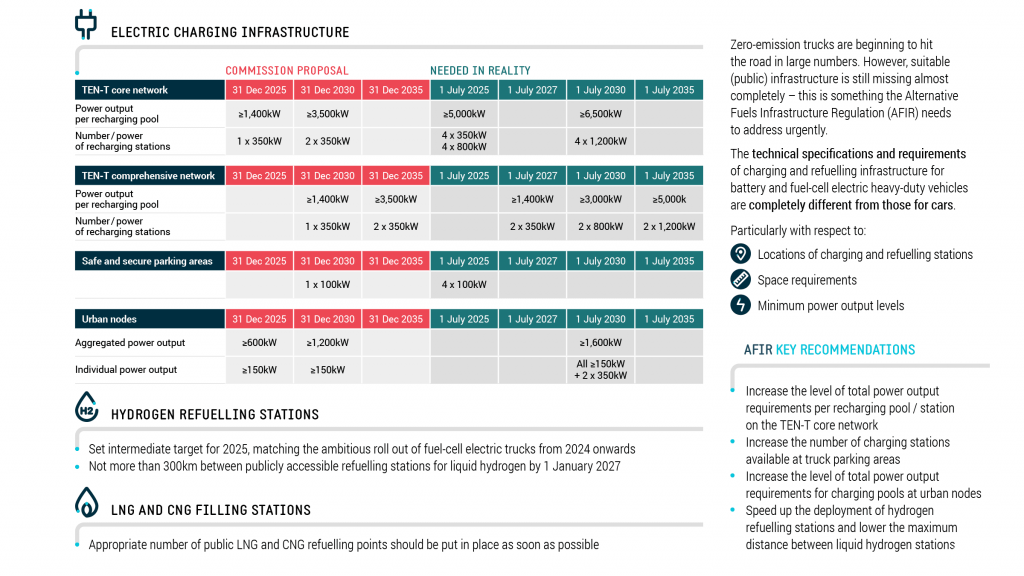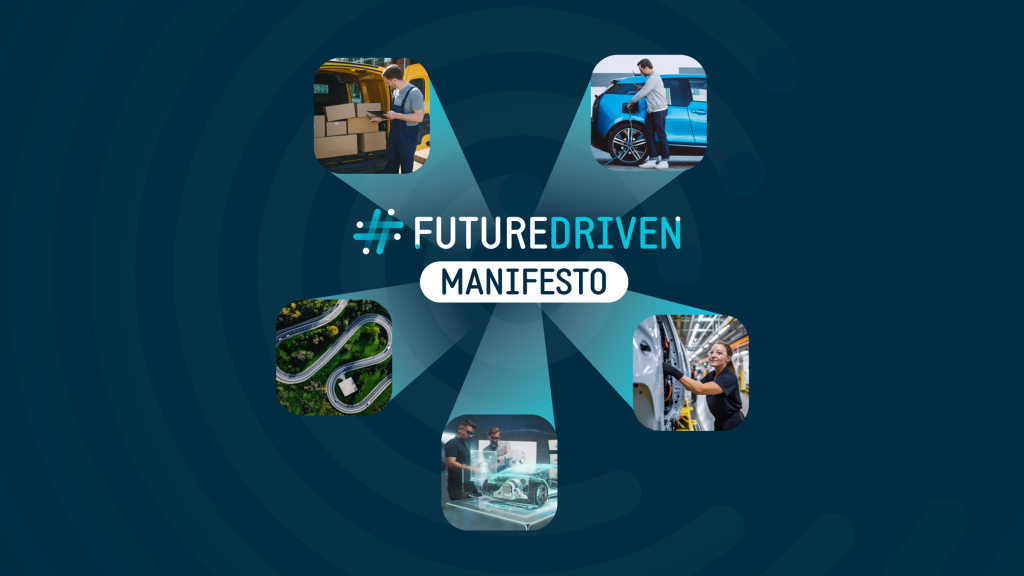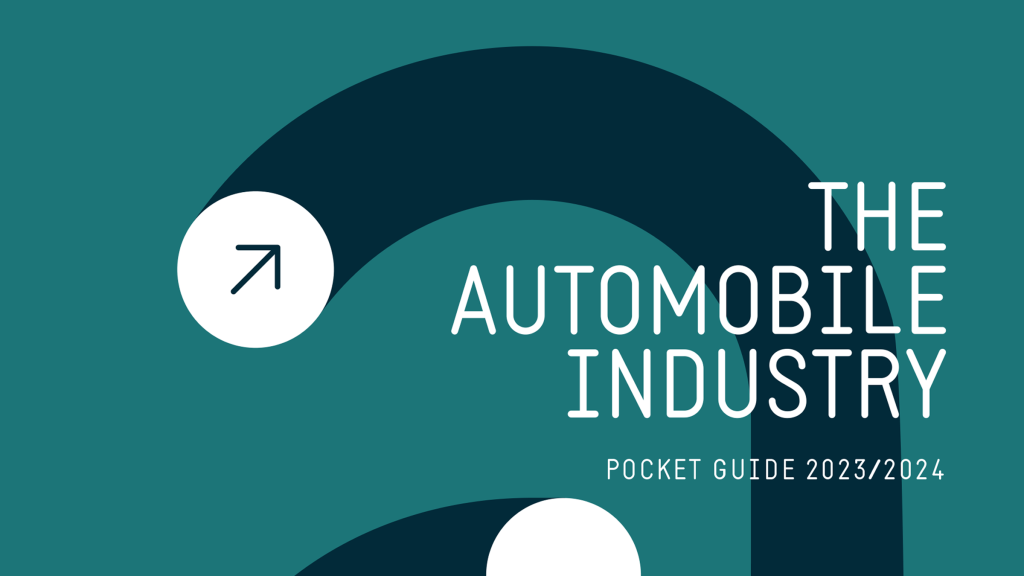Europe’s truck and bus CEOs launch manifesto for zero-emission vehicles as EU inks deal on CO2 reduction rules

Brussels, 11 April 2024 – Truck and bus CEOs step up call to Europe’s law makers as EU signs off on ambitious CO2-reduction targets.
EU law makers have sealed a deal cementing the most ambitious CO2-reduction targets for trucks and buses globally by 2030. While vehicle targets are part of the puzzle for decarbonising truck and bus transport, it is insufficient to only regulate the supply side without addressing demand roadblocks.
That’s why leading European truck and bus CEOs have escalated their call to Europe’s policy makers with a Manifesto for getting zero-emission trucks and buses on Europe’s roads, launched today ahead of crucial European elections.
“Truck and bus manufacturers are committed to helping Europe achieve its climate goals, by providing sustainable road transport solutions. We are playing our part by investing in and ramping up production of battery-electric and hydrogen-powered models, but simply setting ambitious targets for manufacturers and hoping smooth implementation follows is not a strategy,” stated Harald Seidel, Chairperson of ACEA’s Commercial Vehicles Board. “Europe is adopting the most ambitious 2030 targets for CO2 reductions in the world. However, ambitious targets must be backed up by equally ambitious enabling conditions and a coherent regulatory framework,” he added.
Decarbonising truck and bus transport is a team sport involving many players across the entire transport and logistics ecosystem. Zero-emission vehicles are not the bottleneck and manufacturers cannot tackle the shared decarbonisation challenge alone, especially as essential enabling conditions are beyond their control.
To put the scale of the challenges in context, there is almost no public charging infrastructure suitable for trucks and buses available today. Europe needs at least 50,000 publicly accessible chargers and at least 700 hydrogen refilling stations to achieve the CO2-reduction target of 45% by 2030. Carbon pricing and incentive schemes aimed at narrowing the total cost of ownership gap between traditional diesel vehicles and zero-emission counterparts fall short.
Trucks and buses underpin our very way of life, powering the EU economy and serving society with almost 80% of goods transported by trucks and over half of public transport journeys served by buses. They are poised to play an even larger role in facilitating movement across Europe in the future. That’s why ACEA set out a blueprint for what Europe’s policy makers can do in its #FutureDriven Manifesto tailored to the specific needs and challenges of zero-emission trucks and buses.
While vehicle targets are part of the puzzle for decarbonising truck and bus transport, it is insufficient to only regulate the supply side without addressing demand roadblocks.
Notes for editors
- The #FutureDriven Manifesto for Zero-emission Trucks and Buses caters to the specific challenges and needs of Europe’s truck and bus market. Complementing the #FutureDriven manifesto concerning all vehicles, it outlines specific policy recommendations for the business-to-business truck and bus market.
About ACEA
- The European Automobile Manufacturers’ Association (ACEA) represents the 15 major Europe-based car, van, truck and bus makers: BMW Group, DAF Trucks, Daimler Truck, Ferrari, Ford of Europe, Honda Motor Europe, Hyundai Motor Europe, Iveco Group, JLR, Mercedes-Benz, Nissan, Renault Group, Toyota Motor Europe, Volkswagen Group, and Volvo Group
- Visit www.acea.auto for more information about ACEA, and follow us on http://www.twitter.com/ACEA_auto or http://www.linkedin.com/company/ACEA/
Contact:
- Cara McLaughlin, Communications Director, cm@acea.auto, +32 485 88 66 47
- Ben Kennard, Content Editor and Press Manager, bk@acea.auto, +32 485 88 66 44
About the EU automobile industry
- 12.9 million Europeans work in the automotive sector
- 8.3% of all manufacturing jobs in the EU
- €392.2 billion in tax revenue for European governments
- €101.9 billion trade surplus for the European Union
- Over 7% of EU GDP generated by the auto industry
- €59.1 billion in R&D spending annually, 31% of EU total


